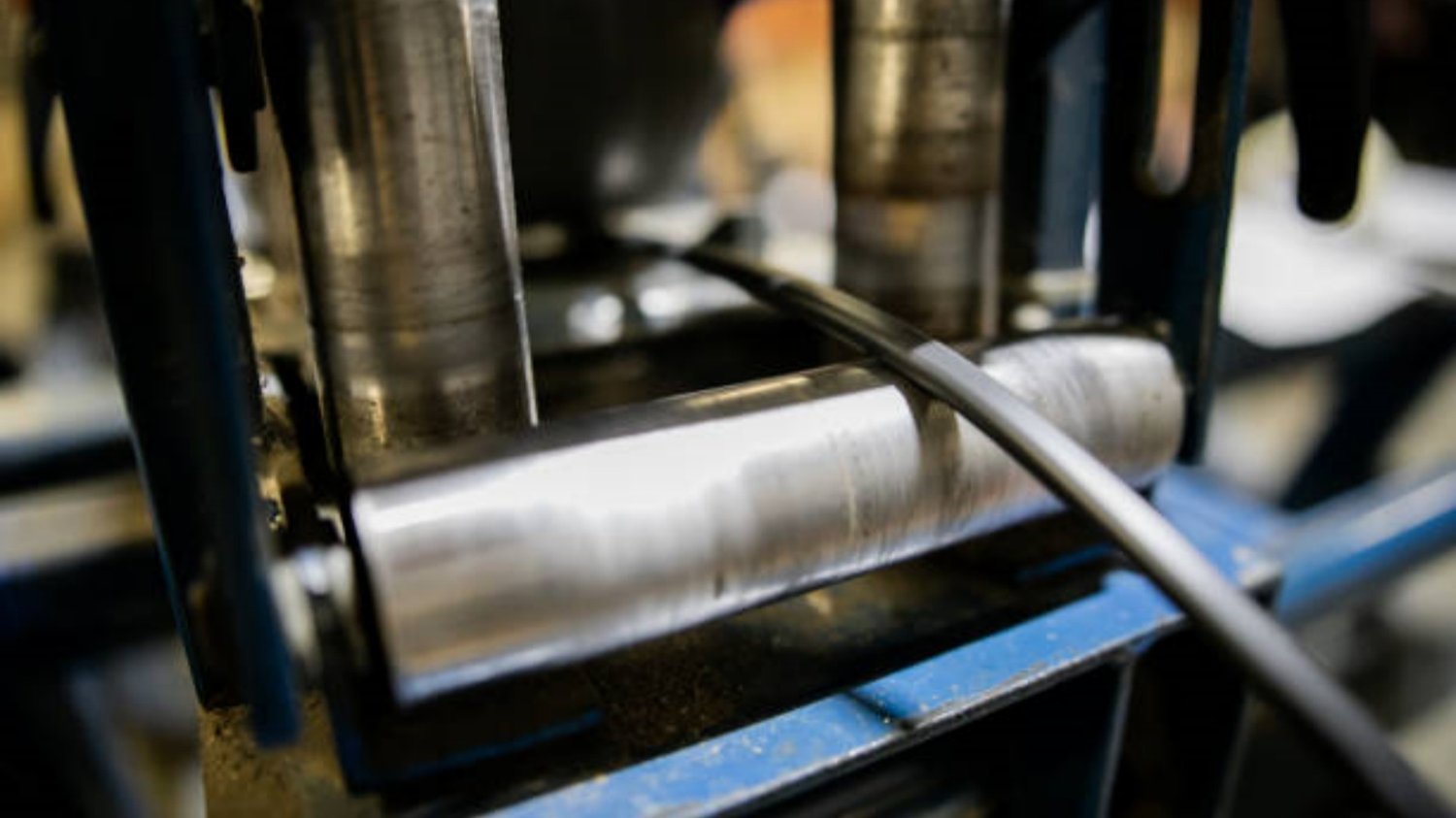What is the rolling forming process?
Introduction:
The rolling forming process is a widely used manufacturing technique that involves shaping metal sheets or strips through a series of continuous bending operations. This process is commonly used in the production of various products, such as automotive parts, construction materials, and household appliances. In this article, we will explore the different aspects of the rolling forming process and its applications in various industries.
Understanding the Basics of Rolling Forming
Rolled forming, also known as roll forming, is a continuous bending process where a metal sheet or strip is passed through a series of rollers to gradually shape it into a desired profile. The rollers, also called roll stands, have carefully designed contours that progressively deform the material until it achieves the desired shape. The process is performed at room temperature, making it suitable for various materials, including steel, aluminum, and copper.
The Advantages of Rolling Forming
Rolling forming offers several advantages over other forming methods. Firstly, it allows for the efficient production of long metal sections with consistent dimensions. The use of continuous bending operations ensures uniformity throughout the entire length of the product. Additionally, the process can be easily automated, leading to high-speed production and reduced labor costs. The ability to produce complex shapes with tight tolerances also makes rolling forming a preferred choice for many industries.
Applications of Rolling Forming
Rolling forming finds applications in a wide range of industries. One of the most common uses is in the automotive industry, where it is employed to produce various components, including structural members, door frames, and roof rails. The construction industry also extensively uses rolling forming for the manufacture of steel and aluminum profiles used in building frameworks, curtain walls, and roofing systems. In the appliance industry, rolling forming is utilized to produce parts such as refrigerator shelves, oven racks, and dishwasher panels.
The Process of Rolling Forming
Rolling forming involves several stages that work together to shape the metal sheet or strip. The process typically begins with a series of pre-cutting operations, where the initial shape of the material is prepared. This is followed by the feeding stage, where the sheet or strip is guided through the rollers. The rollers gradually bend the material, forming the desired shape. Additional operations, such as punching or notching, can also be incorporated during the process to create holes or other features.
Types of Roll Forming Machines
Roll forming machines come in various configurations, depending on the complexity of the desired profiles. The most common types include C-channel machines, Z-channel machines, and U-channel machines. Each machine is equipped with a set of specially designed rollers that correspond to the specific profile being produced. These machines can be customized to accommodate different material thicknesses, widths, and shapes, making them versatile for different production requirements.
Quality Control in Rolling Forming
Ensuring the quality of the final product is crucial in the rolling forming process. To achieve this, manufacturers implement various quality control measures. These include regular inspections of the product dimensions, surface finish, and overall appearance. Additionally, non-destructive testing methods, such as ultrasonic testing, may be employed to detect any internal defects or inconsistencies in the material. Quality control helps maintain the integrity and reliability of the products produced through rolling forming.
Advancements in Rolling Forming Technology
As with many manufacturing processes, rolling forming has seen significant advancements in recent years. The introduction of computer numerical control (CNC) technology has revolutionized the industry by enabling precise control over the forming process. CNC roll forming machines can produce complex profiles with high accuracy and repeatability. Furthermore, the integration of computer-aided design (CAD) software allows for efficient design and prototyping of new products, reducing time-to-market and increasing overall productivity.
Environmental Impact of Rolling Forming
Rolling forming is often considered an environmentally friendly manufacturing process. Since it is performed at room temperature, there is no need for energy-intensive heating or cooling processes. Additionally, the material waste generated during the process is minimal, as the metal sheets or strips are utilized efficiently. The ability to produce long and lightweight sections also contributes to the reduction of transportation costs and energy consumption.
Conclusion
The rolling forming process is a versatile and efficient method for shaping metal sheets or strips into desired profiles. With its numerous advantages, such as high-speed production, tight tolerances, and the ability to create complex shapes, rolling forming has become a preferred choice in various industries. As technology continues to advance, we can expect further improvements in the precision and productivity of this manufacturing process.

